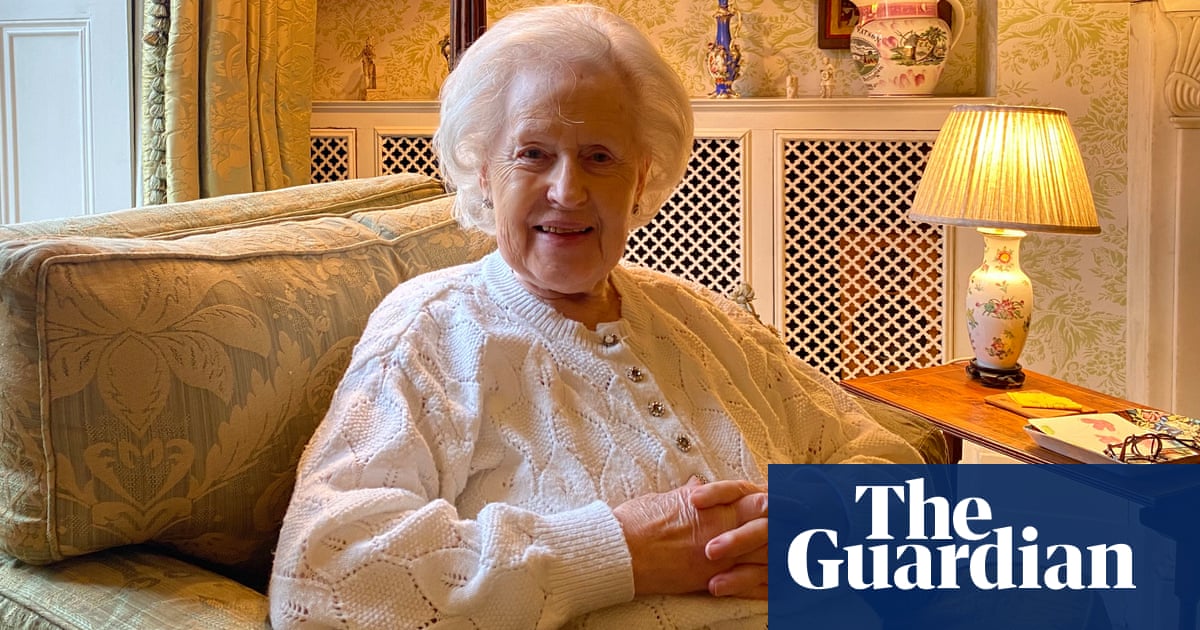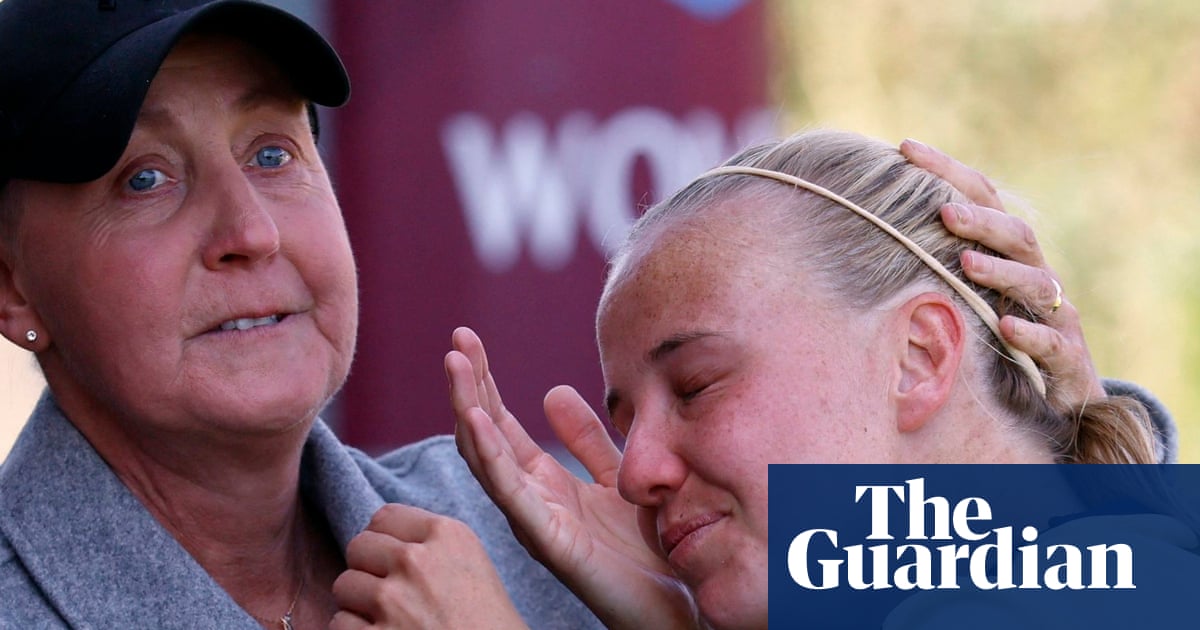
Described as ‘outstanding and fearless’ by Bobi Wine, tributes have been paid to Sadurni, whose work featured in the Guardian and New York Times
Supported by
guardian.org
About this content
Grainne Isobel Harrington
Fri 18 Mar 2022 10.30 GMT
Sumaya Sadurni Carrasco has died while travelling to take photographs for the Guardian’s Saturday magazine in northern Uganda. Thomas Mugisha, an NGO worker, also died in the accident on 7 March.
Sumy, as she was known, was a talented, driven and courageous photojournalist with a rare gift for friendship. At just 32 years old, she had built a powerful body of work, which had been published in some of the world’s best-known publications; in 2020 she was shortlisted for the Guardian’s agency photographer of the year. She also leaves a legacy of knowledge and inspiration that she passed on to young photographers as a Uganda Press Photo award mentor, a teacher at Makerere University and a Canon trainer.
Mexican and Spanish by heritage, Sadurni grew up in Mexico and Switzerland, and later moved to the UK for university. She first came to Uganda in 2016 to visit a close childhood friend for two weeks. She stayed for three months, returned to the UK and bought a one-way ticket back to Uganda, starting from scratch as a freelance photographer.
She began working for AFP news agency in 2017, first in Uganda and later across the region, entering South Sudan’s war zone with armed rebels, and photographing female surgeons in Somaliland.
In Uganda, Sadurni’s powerful news coverage included the country’s turbulent 2021 elections, when she braved tremendous violence to follow opposition candidate Bobi Wine’s election campaign. In a tribute to her, Wine said: “She was outstanding and fearless. She was very friendly with all, with the lowest and not just the leaders. This was not just a job for her, it was a calling.”
As a female freelancer, her calling was not easy. She had to fight hard to make a place for herself, and she succeeded brilliantly. Sadurni was as much a member of the Ugandan press pack as the international one. When she and a colleague were pepper-sprayed in the face during the election, she leapt off the motorbike she was on, gave him her only bottle of water and stayed by his side to make sure he was OK. Then, in characteristic fashion, she yelled at the police officer for his unwarranted attack.
She also covered Uganda’s strict Covid-19 lockdown. Her work featured on the New York Times front page when activist and government critic Stella Nyanzi was violently arrested for protesting against the containment measures. In a Facebook post from Germany, where she now lives in exile, Nyanzi wrote: “I remembered how creative, cool, considerate, compassionate, classy and collaborative she was … [her] dogged friendship and radical sisterhood can never be replaced.” Nyanzi’s sentiments were echoed by many of the people Sadurni photographed.
There were no half measures with Sadurni, and she threw her whole heart into both her work and her personal relationships, often becoming close friends with the people she photographed. Intimacy came easily in her presence. She became friends with a group of women who had survived acid attacks, taking them for drinks and walks on the shore of Lake Victoria, remaining friends long after her assignment ended. “She used to treat everyone with love and respect”, said Linneti Kirungi, a member of the survivors’ group. “Our happiness was her happiness. She was a Ugandan.”
A lifelong heavy metal fan, Sadurni was hard to miss and impossible to forget, with her long black curls, red lipstick and biker boots, her ever-growing map of tattoos and her infectious laugh. Her mother, Maricarmen, described her as “a rock’n’roll Mother Teresa”.
Hundreds of friends gathered in Kampala for a memorial on Friday, with hundreds more joining online. She leaves us with her beautiful work, and with all the encouragement and inspiration she gave, not only to those she taught and mentored but to all who were fortunate enough to work by her side and call her a friend.












